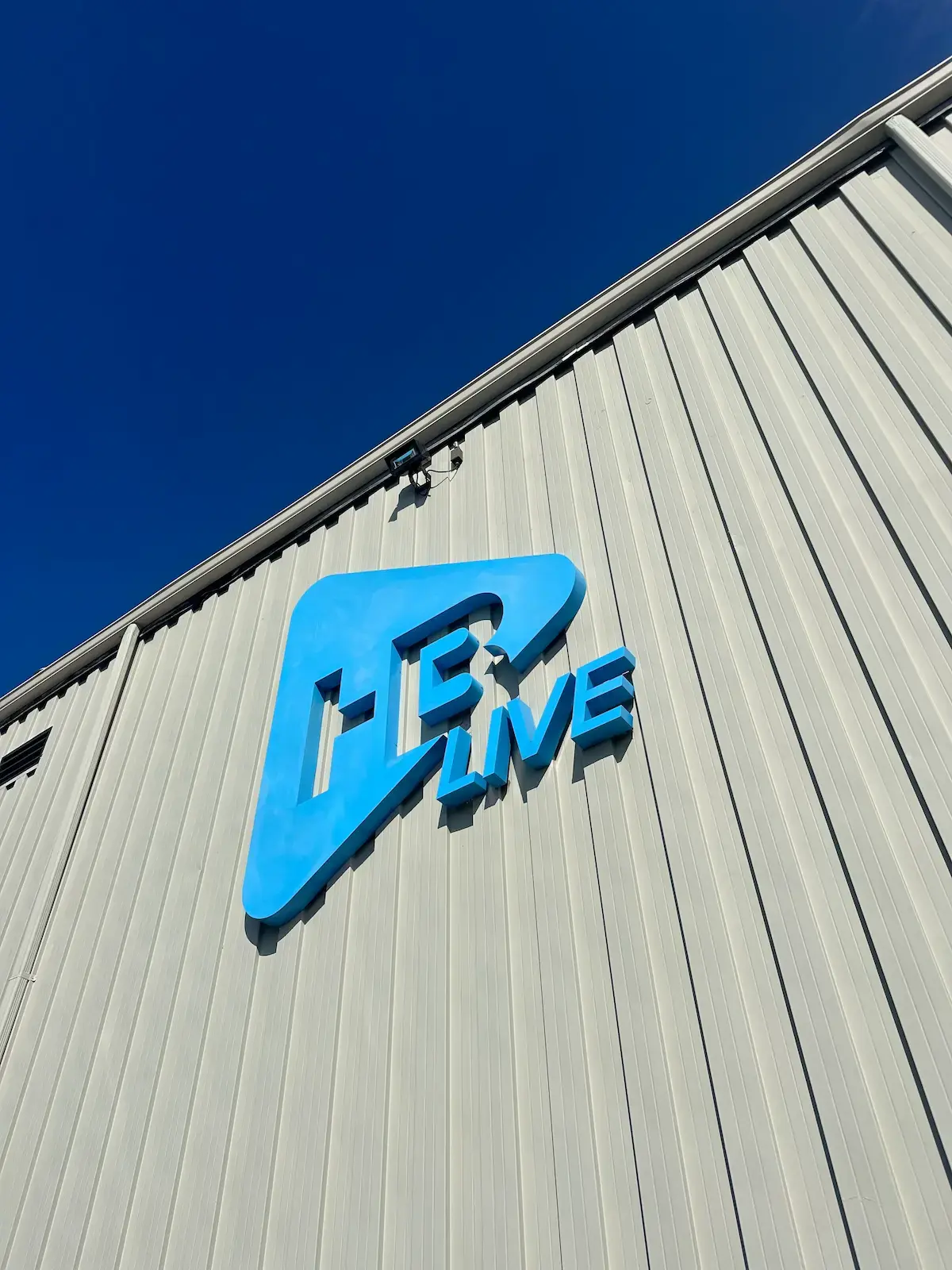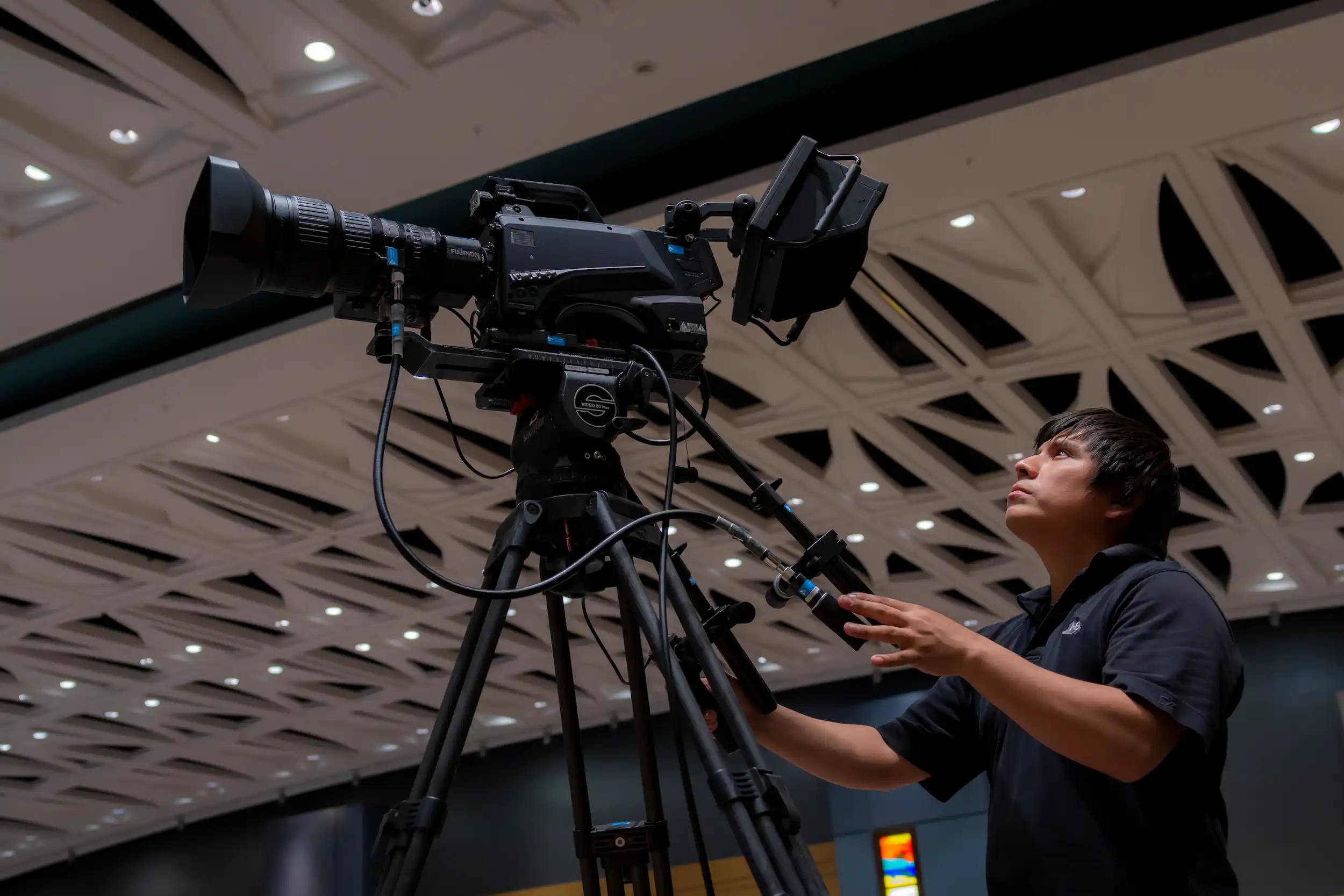In the past, the prospect of running a hybrid event was daunting for many event managers. Virtual events came hand-in-hand with numerous challenges: the technology was often confusing, clunky, and expensive, and there was little understanding of how to effectively combine virtual and in-person elements.
Thankfully, things have dramatically changed. It's an exciting time to be an event planner. Firstly, technological advancements have transformed the way hybrid corporate events are organized, enabling seamless integration of virtual and in-person experiences. Secondly, virtual interactions through platforms like Zoom, WhatsApp, FaceTime, and Google have become part of our daily lives. So now it’s not just “tech-savvy” people attending virtual events.
In this blog, we share four key tips to help you manage your hybrid corporate events, ensuring an exceptional experience for all attendees, whether they are joining remotely or in-person.
Let’s get started with tip 1…
Tip 1: Utilize Technology For Corporate Integration

As event organizers, leveraging technology is crucial for creating seamless hybrid experiences for both in-person and remote attendees. Here are some great solutions that enhance the virtual experience while complementing in-person events.
- Multiple Cameras: Utilizing two or more cameras allows variety in the feed that is sent to the on-line audience. This creates a more engaging experience.
- Gallery View (“Fan Wall”): utilize the gallery view from your platform to create a “fan wall” of the on-line audience projected or on a video wall so in person audience and presenters can feel connected to virtual participants
- Dedicated Screen for Remote Speakers: Dedicate a video wall or projected area specifically for virtual presenters so they have the same impact as in person presenters.
- Collaboration Tools: Advanced collaboration features, like shared whiteboards and simultaneous annotation, facilitate real-time teamwork between all attendees.
- Networking Integration: Sophisticated networking features, like virtual breakout rooms, connect attendees seamlessly, creating meaningful discussions and connections regardless of location. Use this feature during event breaks to connect the in-person attendees to the one-line audience.
- Use Integrated AV: many corporate event spaces are well equipped with integrated AV, but may not be designed for complex hybrid events. Talk with your production team about what can be used effectively and which supplemental equipment is required.
Tip 2: Ensure Event Accessibility And Inclusivity
Ensuring accessibility for all participants is paramount. By implementing accessibility guidelines, virtual content and interactions can be made accessible to a diverse corporate audience.
How To Ensure Your Events and Meetings Are Accessible And Inclusive
- Consider Digital Accessibility Guidelines: Creating and adhering to accessibility guidelines, such as the Web Content Accessibility Guidelines, is crucial. These guidelines ensure that all digital content, from signage to name tags and speaker slides, can be understood by all users.
- Provide Assistive Technologies: Offering assistive technologies Picture-in-picture Sign-language, language interpretation and captioning tools is essential to support individuals in accessing and interacting with on-line events effectively. Platforms like ReciteMe also offer on-demand tools to make online content accessible to all.
- Inform Speakers & Stakeholders: Emphasis the importance of accessibility and use of inclusive design, language and practices to all speakers, sponsors and stakeholders.
- Engage With Accessibility Experts: Collaborating with accessibility experts or consultants, like TestDevLab, can provide valuable insights and guidance. These professionals can audit guidelines, digital platforms, websites, content, and speaker slides to identify and address accessibility barriers. Accessibility Social also has a great accessibility directory to help you find an expert to partner with.
Source: PCMA: What’s in Store for the Events Industry in 2024?
Tip 3: Interaction and Engagement in Corporate Events Settings
Going to corporate events, even when you’re attending virtually, can be intimidating. So as an attendee, you really appreciate when the event planner has planned for this and has some cool ways to help you network and meet new people.

Here are some strategies our team has seen work well to enhance engagement at hybrid corporate events:
- Virtual Breakout Sessions: Connect your in-person breakouts to your virtual breakout sessions where smaller groups of attendees can engage in focused discussions, brainstorming sessions, or interactive workshops. Make sure that the technology is used intentionally and assign an experienced moderator to ensure success.
- Live Polls and Q&A Sessions: Like the example above, you can utilize live polls and interactive Q&A sessions to actively engage attendees and gather real-time feedback. On-line tools such as Sli.do can be used by in-person and on-line attendees equally so nobody feels left out.
- Gamification Elements: Integrate gamification elements such as quizzes, challenges, or leaderboards to make the event more interactive for attendees. Gamified activities can create friendly competition and incentivize engagement among attendees.This encourages interaction, collaboration, creativity and active participation among both in-person and remote attendees.
Tip 4: Seamlessly Transition Between Corporate Environments
This quite literally can make or break your event. Audience attention is hard to maintain, socreating smooth transitions between the virtual and in-person components of the event is crucial. By implementing the following strategies and tactics, event organizers can ensure a seamless event experience for all guests and speakers.
Establish Clear Communication Channels
Ensure that communication channels are well-defined before the event and easily accessible for both attendees and speakers. For attendees, create a dedicated landing page or website where all event information and updates are published. This allows for a consistent and reliable way for all participants to stay informed and engaged throughout the entire event.
Establish a back-channel (usually intercom) where organizers and technical crew can effectively communicate and “call the show”. Provide access to any virtual staff operating the platform or managing remote watch sites.
Emphasize Professional Virtual Technical Preparation
Provide clear instructions and dedicated support to help remote attendees and speakers avoid connection issues, appear on time, and present themselves clearly and professionally during virtual interactions. Your guidelines should cover the importance of; lighting, camera placement, audio, background settings, and behavior in virtual events and meetings. This is key to upholding a professional image and maintaining the integrity of the event.
Invest In A Great AV Team
By investing in a great AV team, event organizers can breathe a sigh of relief knowing you have a full team of professionals in their corner. The AV team is responsible for bringing the virtual and in-person elements together on the day so that participants can easily access and engage with the event and content.
At HB Live one of our specialties is planning and implementing solutions that enhance your hybrid events and create seamless transitions between the virtual and in-person experience. This includes pre-event planning and strategy, set up and day-of-event management, and troubleshooting any technical issues that may arise before or during the event.
We all know how stressful tech can be, especially when you’re in the middle of running an event, so avoid that headache altogether and hire a great AV team. Our team can also provide guidance on the best solution for your specific event, taking into account the venue, the number of attendees, the budget, and the desired level of interactivity. Basically, everything we do is bespoke to you and your event.
Measure Corporate Event Success and Iterate

After the event, gather feedback from both in-person and remote attendees to evaluate the effectiveness of the event. Use surveys, polls, and direct feedback to assess what worked well and what areas need improvement (pro tip: these emails can be scheduled before your event even happens using platforms like Make, Zapier, HubSpot, and SalesForce). Based on this feedback from attendees, speakers and stakeholders, make iterative changes to enhance future events.
Embracing the Future of Hybrid Corporate Events
The hybrid corporate events space in the US has evolved significantly, shifting from the daunting unknown of virtual events to now–an exciting time where we can seamlessly blend the physical and digital experiences. By leveraging technology, a great AV team, and attendee-centric tactics, we can now create immersive experiences that cater to both in-person and remote attendees.
Got a hybrid event coming up this year and need some help or advice? Get in touch with our team today–we’re always happy to answer any questions you have.



